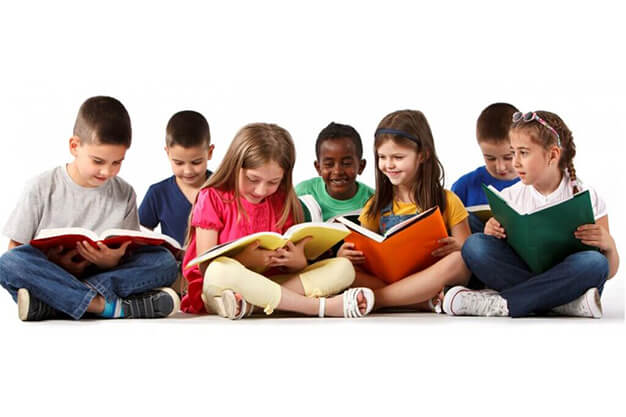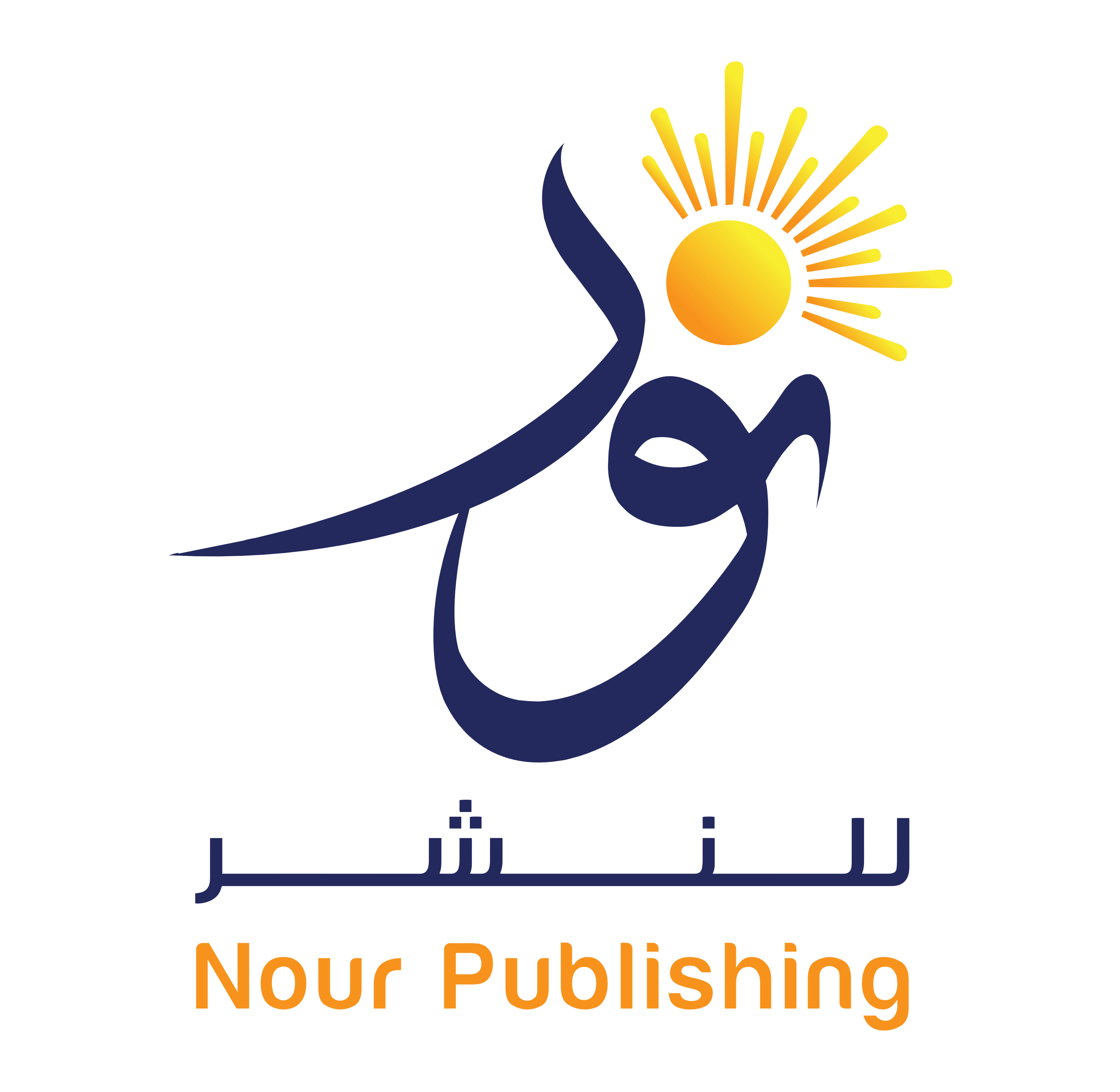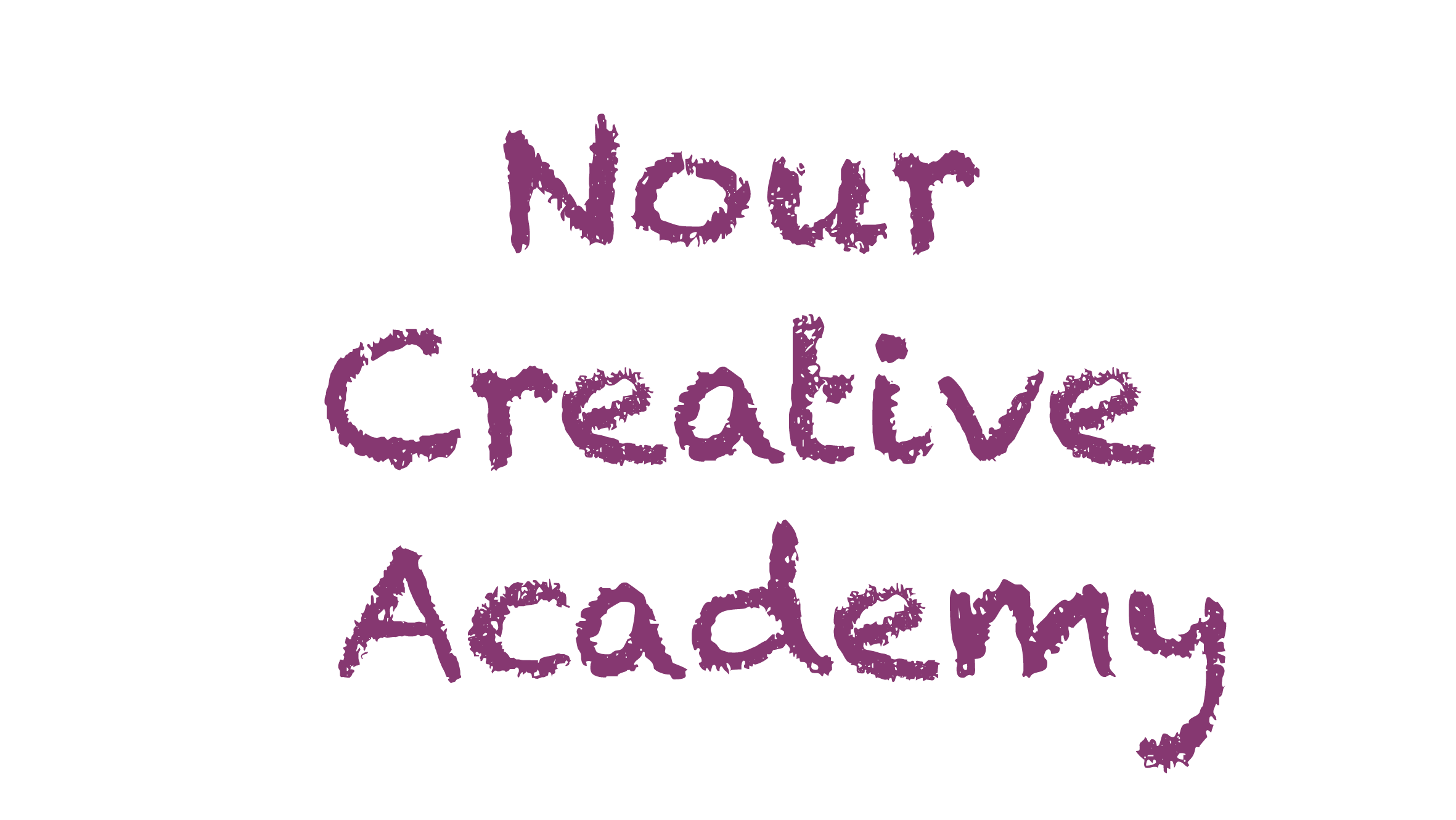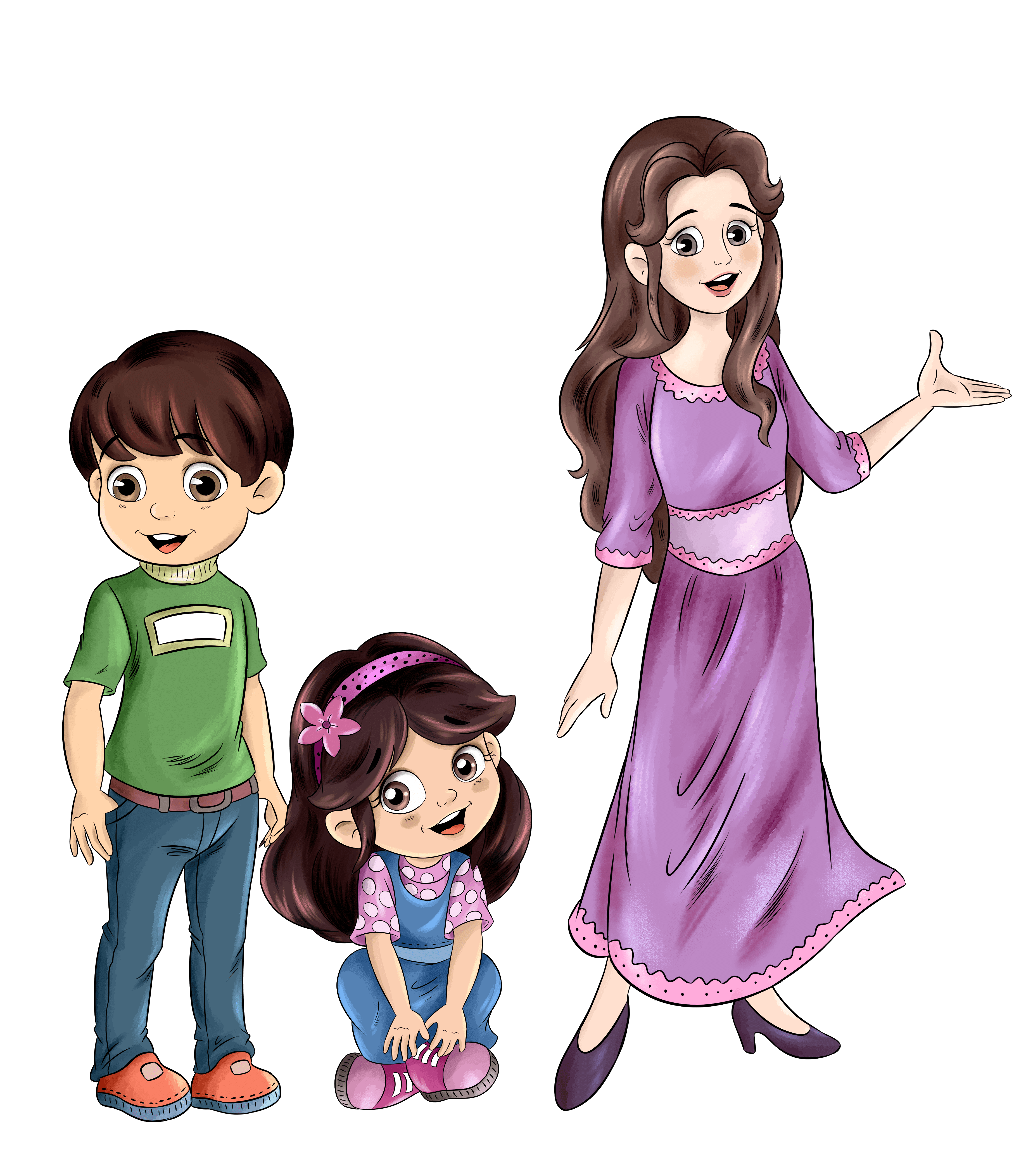Multiculturalism in the Stories

Multiculturalism in the Stories
by: Nour Arab
As Epps and Demangeot (2013) note, the United Arab of Emirates (UAE) “consists of a multitude of ethnic groups and cultures” (p. 308). Thus, it is considered “among the most multicultural environments in the world” (Epps & Demangeot, 2013, p. 307). A multicultural environment presents challenges for education programs, which need to take into consideration students’ different cultures. As Ensign (2009, p. 169) notes, based on four studies that examine teacher education programs, he has come to a conclusion that “if teacher education programs want their prospective teachers to be academically successful with all students, programs need to adopt an orientation with multiculturalism and social justice at the center”.
Ensign (2009) explains that usually what impedes this from happening is the fact that the majority of student teachers nationwide come from “middle-class” and are trained to teach in what is thought to be “idealized” schools. However, in reality they end up teaching “diverse students” who do not resemble what they thought to be “idealized school population, be it racially, ethnically, religiously, socioeconomically, or by sexual orientation, family composition, or language” (p. 169).
Hagiwara (1998, p. 43) lists 20 ways that teachers could use to introduce multiculturalism in their classrooms. One of the most prominent of these is becoming aware of students’ different cultural backgrounds. One strategy to achieve this is by promoting students’ curiosity about other cultures and providing them with opportunities to exchange information about their cultures. And one beautiful way to exchange stories about cultures is through stories!
In order for students to acquire cross-cultural competence and cultural appreciation, they need to be exposed to readings that “include elements that assist the individual to develop a healthy sense of identity”.
Thus, in Nour Publishing, we take great care of making stories that are bilingual and bicultural in the same storybook. This factor facilitates bridging different cultural backgrounds through stories that promote not only cultural empathy and sensitivity, but also develop emotional intelligence. Examples of Nour Publishing storybooks that demonstrate culture bridging and introduce cultural celebrations within a healthy sense of identity is “Ramadan is Love”, “Eid Bird”, “The Thirsty Cactus”, and “Sabir’s Paradise”.
References
Ensign, J. (2009). Multiculturalism in four teacher education programs: For replication or transformation. Multicultural Perspectives, 11(3), 169-173. doi:10.1080/15210960903116928
Epps, A., & Demangeot, C. (2013). The rainbow of diversity versus the rain of
fragmentation: The futures of multicultural marketing in the UAE. Foresight, 15(4), 307-320. Retrieved from:
http://search.proquest.com.ezproxy.aus.edu/docview/1425387945/fulltextPDF?accountid=16946
Hagiwara, T. (1998). 20 ways to…introduce multiculturalism in your classroom. Intervention in School and Clinic, 34(1), 43. Retrieved from http://ezproxy.aus.edu/login?url=http://search.proquest.com/docview/211709715?accountid=16946





